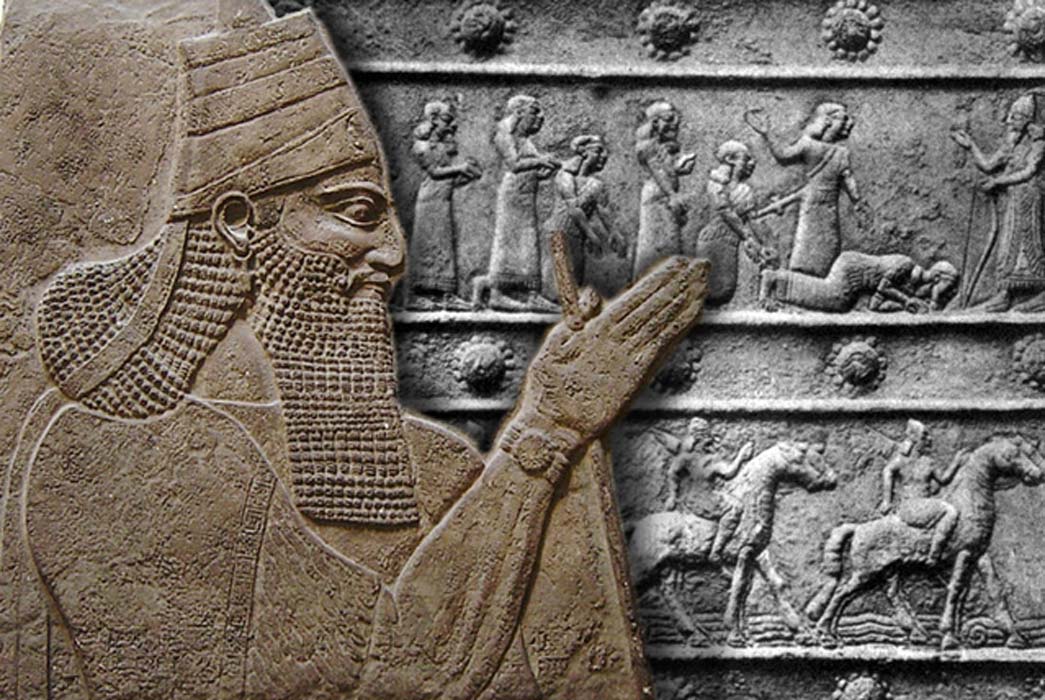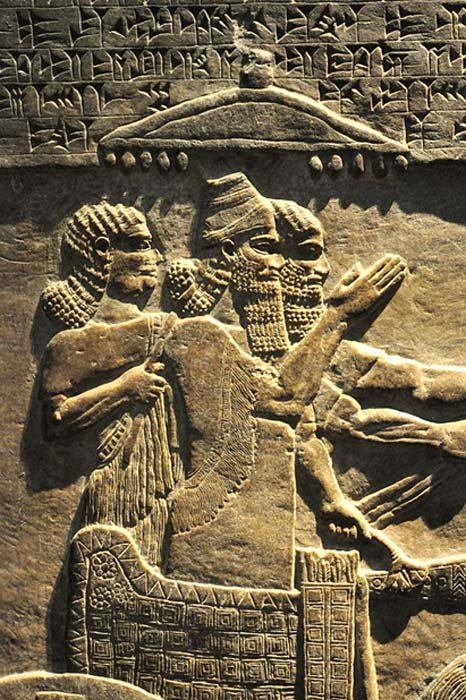
The Military Campaigns of Tiglath-pileser III: Priest King and Conqueror – Part 1
The year is 745 BCE and much of the Middle East is about to be conquered and confiscated by the powerful Assyrian Empire under King Tiglath-pileser III.
Tiglath-pileser III, is regarded as the founder of the second Assyrian Empire. Though his origins are obscure, Greek tradition claims Tiglath-pileser was originally a gardener. His real name is uncertain but some say that it may have been Pul, according to 1 Chronicles 5:26 in the Bible. The name Tiglath-pileser is one that he took once he had ascended to the throne.
And the God of Israel stirred up the spirit of Pul king of Assyria, and the spirit of Tilgath-pilneser king of Assyria, and he carried them away, even the Reubenites, and the Gadites, and the half tribe of Manasseh, and brought them unto Halah, and Habor, and Hara, and to the river Gozan, unto this day.

Tiglath-Pileser III: stela from the walls of his palace. (Public Domain)
Before moving on, it must be noted that the name Pul or Pulu has significant meaning, and in I Chronicles 5:26, we see the first mention of Pul and Tiglath-pileser together. It seems that even the Bible indicates that Tiglath-pileser invaded Babylon before he conquered the northern Kingdom of Israel and that the name Pul may have possibly been his real name. In the records, when Yahweh says He “stirred up the spirit of Pul king of Assyria and the spirit of Tiglath-pileser king of Assyria,” what we have here is an metonym. That is to say, two different things which represent the same thing, or the same person in this case.
Tiglath-pileser had taken the hand of Bel (Marduk the supreme god of Babylonia), and by taking Marduk's hand, he had thus proclaimed himself the son of God in the city of Hammurabi on New Year's, and had named himself Pul or Pulu, and was proclaimed King of Babylon. We can say that by this very act Tiglath-pileser had proclaimed himself a priest-king, or a type of Messiah. This shows that he intended to unite the military (Assyria) and spiritual powers (Babylonia) together into one nation. Pul represents the spiritual crown, and Tiglath-pileser represents the military crown.
- A Tale of Pestilence: Did Egypt Wield a Secret Weapon against the Assyrians?
- The Possible Origins of the Early Persian Kings: Mystery Men - Part I
- The Powerful Assyrians, Rulers of Empires
Now some may debate this and say he took this title Pul or Pulu the year before he died. This is not true, for it is recorded twice that he took the oath; and in Babylonian tradition a king had to take Marduk's hand every year on New Year's to be the king of Babylonia. We also must remember that he invaded Babylonia to free them from the Syrian threat, while at the same time conquering them. However, this event came after his great conquest of the Near East in 729 BCE.

Tiglath-pileser III, an alabaster bas-relief from the king's central palace at Nimrud, Mesopotamia. The Assyrian king, identified by his conical cap with a turban wrapped around it (so-called Polos), stands (under a parasol) in his royal chariot and raises his right arm in a greeting gesture. (CC BY-SA 4.0)




